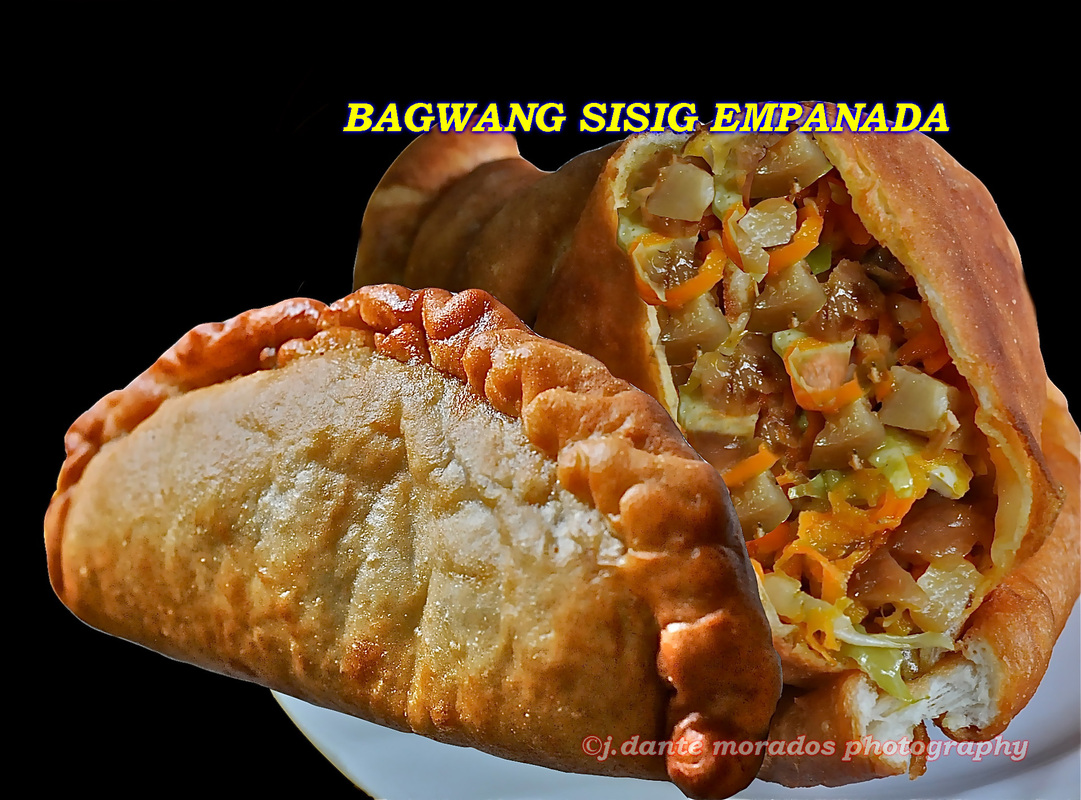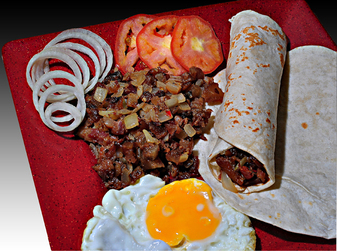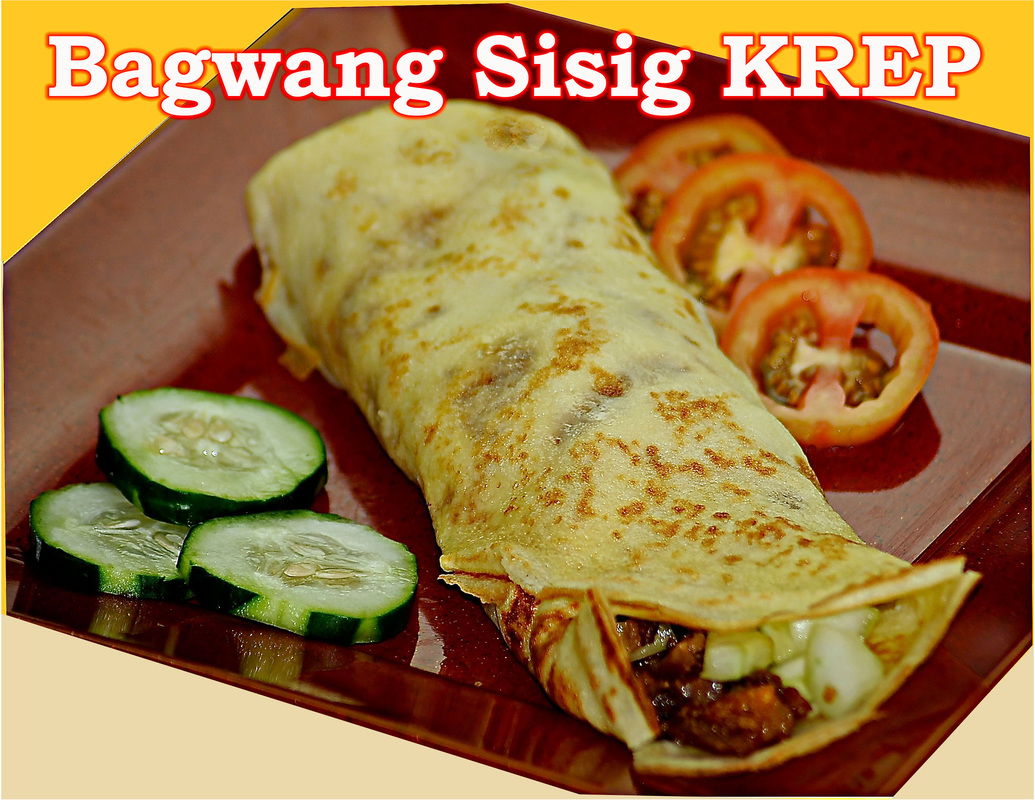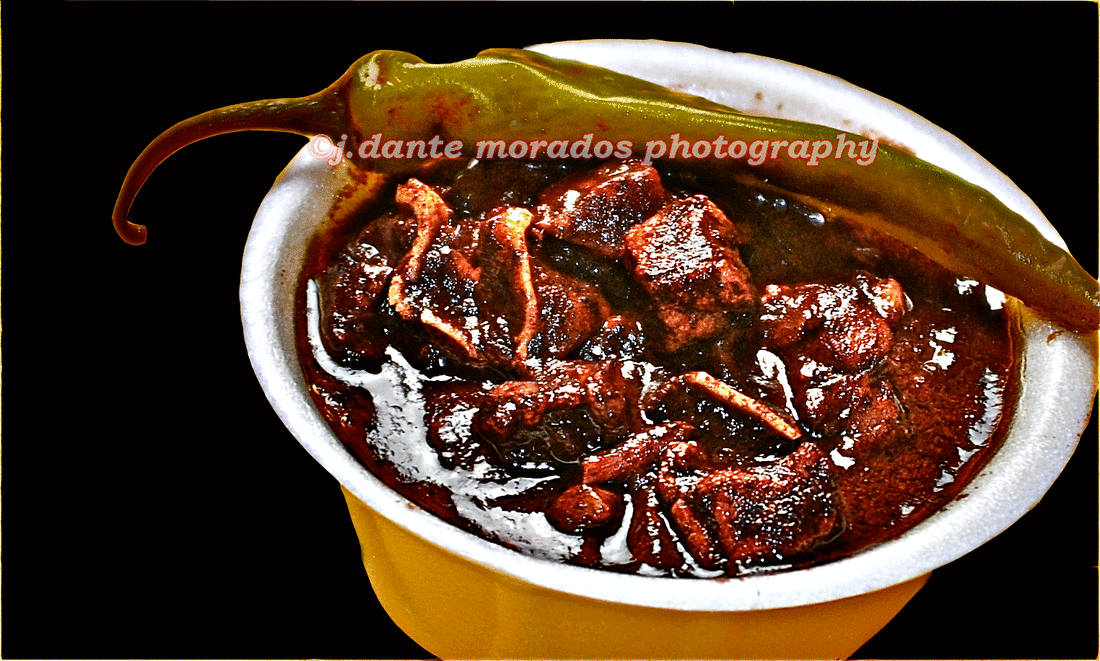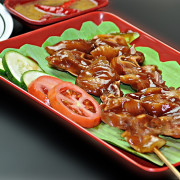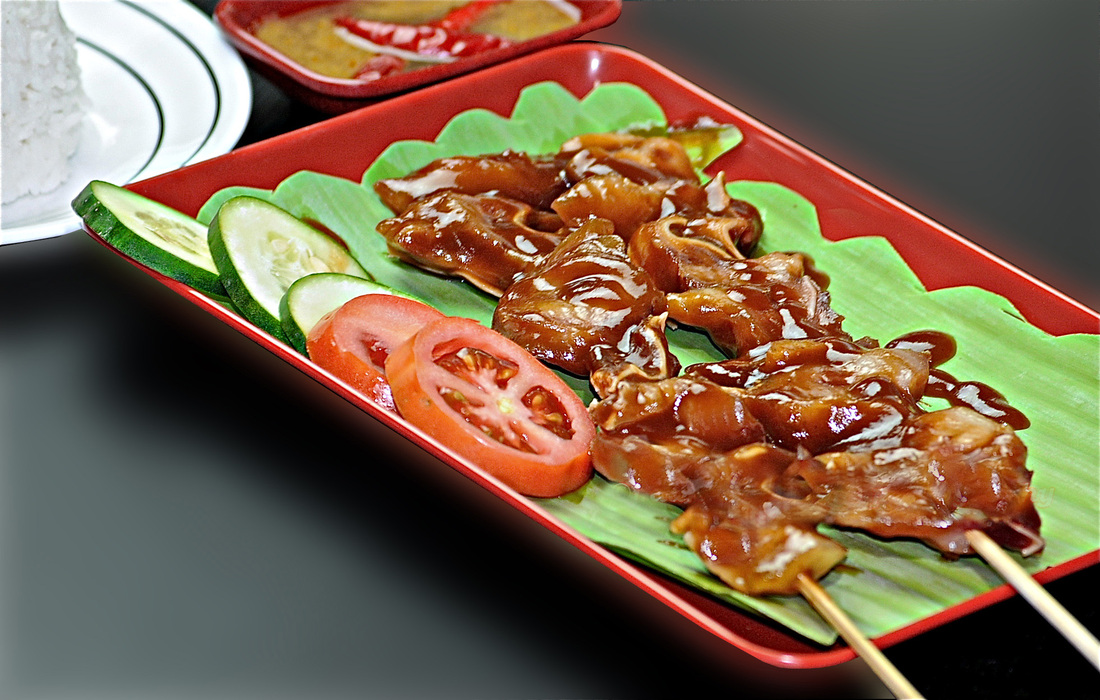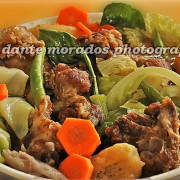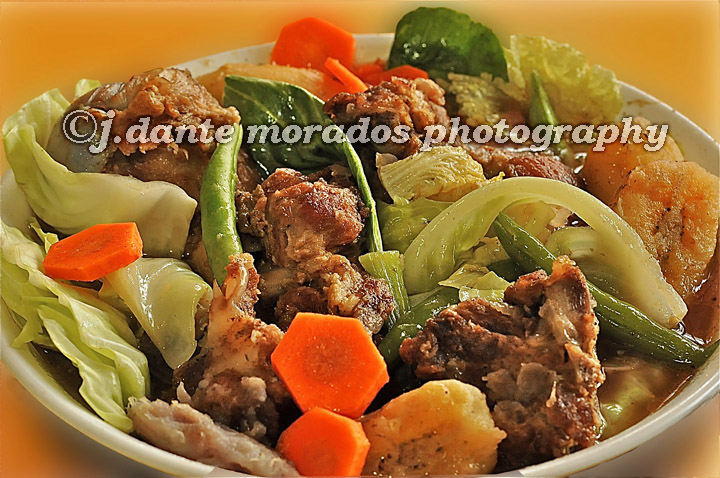Pata Tim (Stewed Chinese Flavored Pig’s Front Hock Processed The Western Way)
(CHINESE-FLAVORED STEWED PIG’S FRONT HOCK
PROCESSED THE WESTERN WAY)
Of Chinese origin,
PATA TIM
has been modified into various presentation,
ingredients’ mix and cooking style.
“Paksiw Na Pata”
(Filipinos’ vinegar based stewed hock)
was served once a month.
Succeeding recipe will NOT make use of
“bulaklak ng saging” (banana blossom)
but just carrots & shiitake mushroom that Westerners love.
This recipe has been adopted by many friends-cooks,
adding little tweaks, for their signature secrets.Pangs (my spouse) and I labored on these 2 dishes:
a different “PATA TIM’ & the technologically innovated
U.S. BEEF MECHADO, (for next posting)
nights before, to serve to our kids and grandkids
out on weekend of June 28 & 29 to Subic Bay,
Olongapo City, Phils. for their 5i50 triathlon
In mind, well prepared offerings over steamed rice
will surely perk their stamina up
in time for next day’s arduous match.
Try.
Your family will love this
“DIFFERENT PATA TIM”
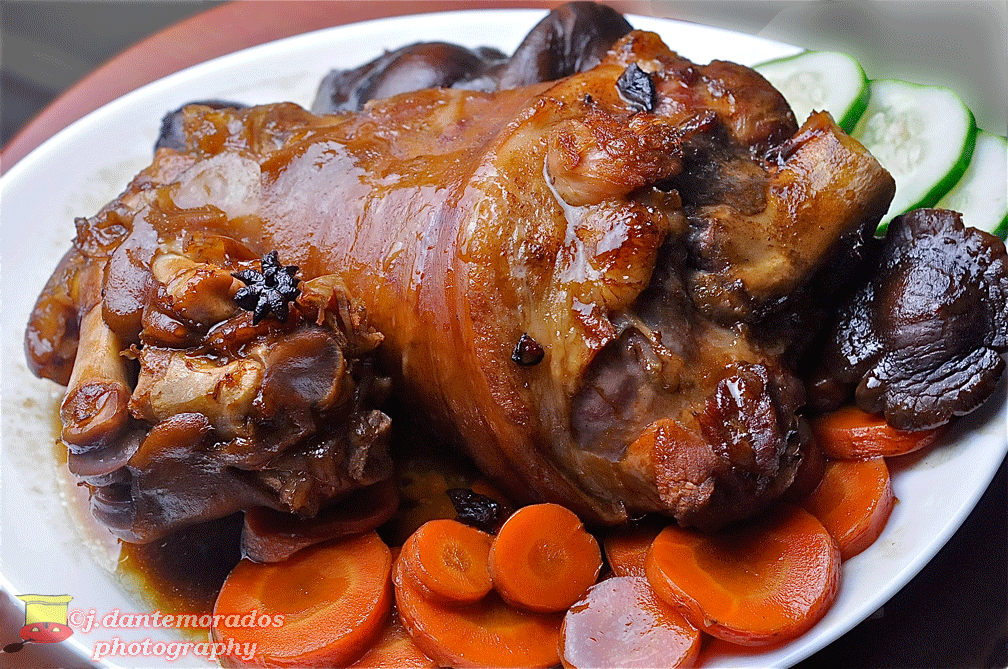
(CHINESE-FLAVORED STEWED PIG’S FRONT HOCK PROCESSED THE WESTERN WAY)
- 1 piece fully cleaned pig’s front hock – with still a little of trotters attached but hooves cut off
- (USA and Canadian front hocks command higher prices than back for they are meatier)
- ANTI-FOUL SMELL BOILING SOLUTION:
- Enough tap water to cover entire hock in a casserole.
- 20 ml. any red wine
- 3 grams salt dissolved well
- PRESSURE COOKER SOLUTION:
- Enough tap water to cover pre-boiled hock.
- 40 ml. soy sauce
- 3 grams salt
- 20 grams brown sugar
- 3 grams crushed black pepper
- 6 cloves crushed garlic
- 5 pieces star anise
- 2 pieces sliced “labuyo” (bird’s eye chilies)
- OVEN TOASTER’S SEARING MIX:
- 15 ml. palm oil (or palm olein)
- 6 cloves crushed garlic, finely chopped
- FINAL SAUCE MIX:
- 200 ml. of left over Pressure Cooker Solution.
- 1 medium carrot sliced
- 5 pieces sliced shiitake mushrooms soaked in water for 30 minutes
- 10 grams corn starch dissolved in 30 ml. water (slurry-thickener)
- 3 grams chili powder
- (NOT chili pepper powder. Chili powder contains 5 or more
spice-herb combination plus salt while Chili Pepper Powder
is just the powder presentation of that particular chili pepper). - 20 ml. soy sauce
- 15 grams brown sugar
- Bring to boil your well blended anti-foul smell boiling solution
- Once boiling starts, set timer and boil for 20 minutes.
- Discard water. Set aside hock.
- In pressure cooker, add in ALL ingredients tumble thoroughly until no lumps are evident.
- Lay pre-boiled hock, cover, attach nozzle and start under medium heat.
- When whistling starts, pressure cook for 30 minutes.
- Done…subject pressure cooker to running tap water, when whistling stops slowly remove nozzle-open cooker.
- Remove hock set aside including pressure cooker solution.
- Rub palm oil of the oven toaster’s searing mix unto all sides of hock.
- Rub crushed garlic as well. Lay unto toaster pan.
- Set toaster to high temp, ensuring top heating rod is in fiery-red state, wedge toaster pan in topmost slot for quick searing.
Toast for 10 minutes each side. - While you are on this searing stage, in a pan, heat the 200 ml. leftover pressure cooker solution.
- Add in sliced carrots, drained shiitake mushrooms, chili powder, soy sauce and brown sugar. Boil for 2 minutes.
- While boiling pour in slurry and stirring constantly, continue for few seconds until sauce thickens.
Make your desired adjustments on saltiness & sweetness level, should you wish. - Lay seared hock unto plate and pour in your sauce.
- Garnish. Serve. Watch your family’s happy smiles.



